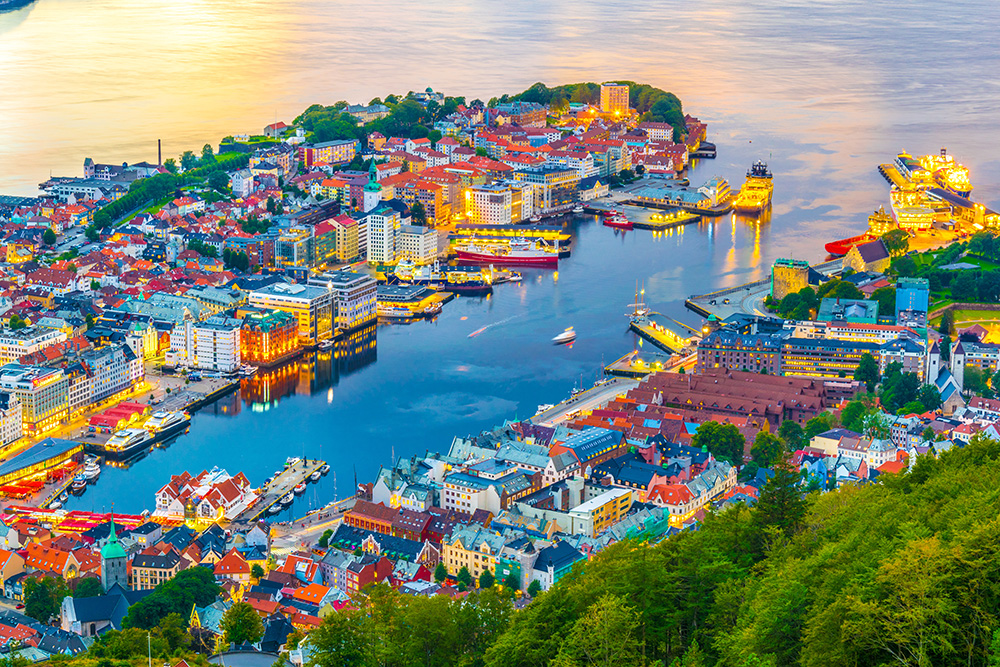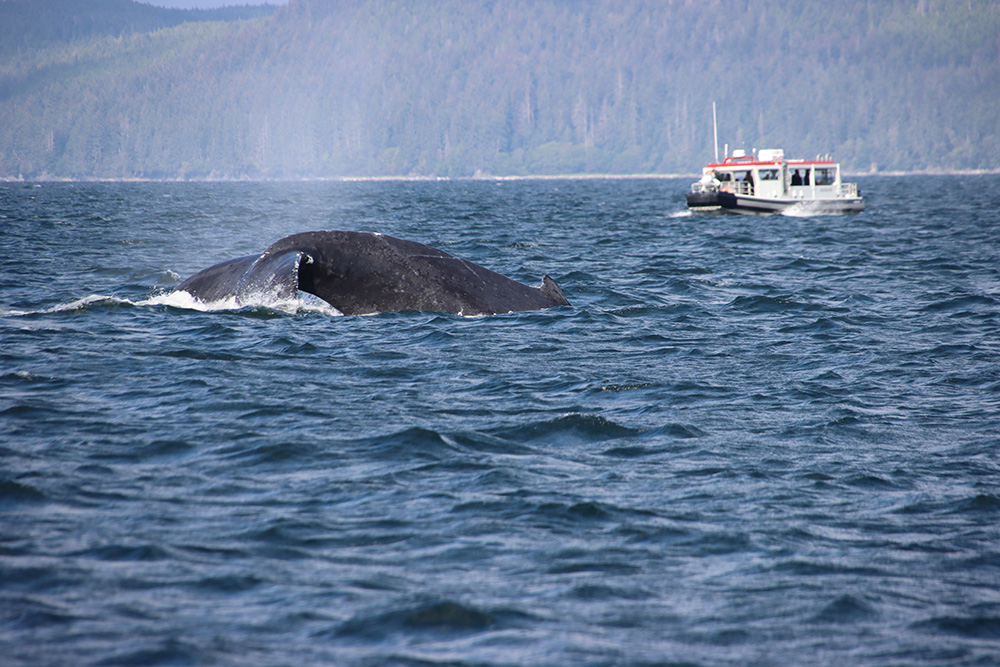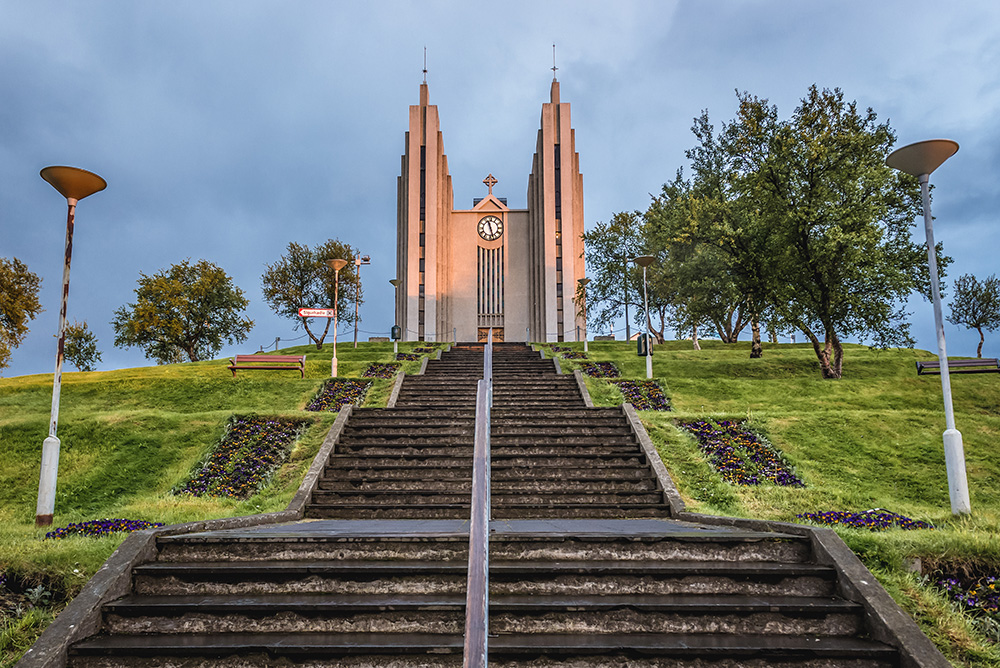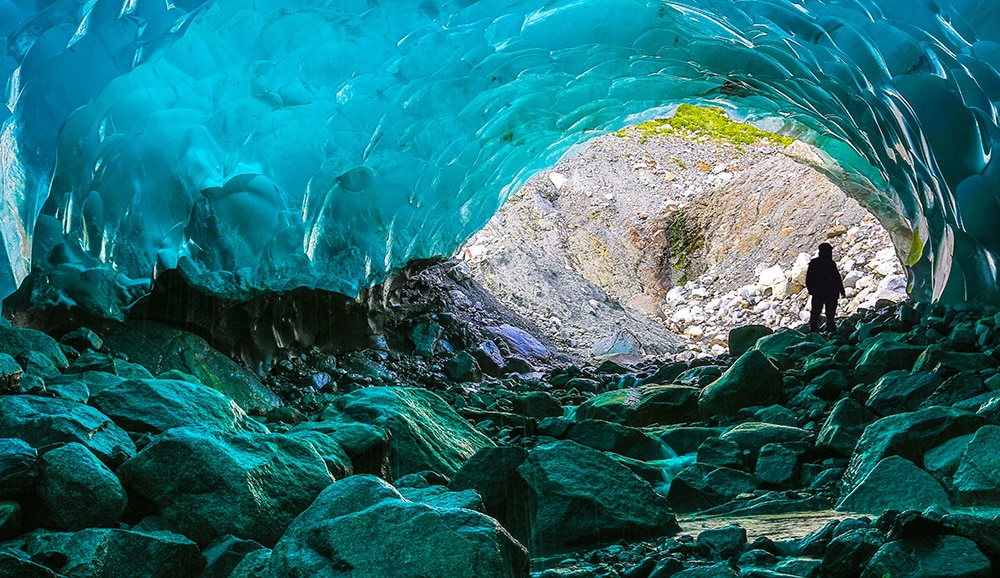Nearly 1.7 million people visit Juneau, Alaska, between May and September, spilling into the city by the thousands each morning when their cruise ship docks.
On any given day, the capital of Alaska has a population of almost 32,000 people.
It’s easy to imagine the myriad effects, both good and bad, that the annual influx of tourism has on this small town. It’s harder to measure those effects and look for ways to mitigate the negative impacts while still protecting the economic benefits and allowing people to experience the jaw-dropping natural beauty that Juneau offers.
Joseph Little, chair and associate professor in the Department of Accounting, Economics, and Finance in The W. A. Franke College of Business at NAU, is part of a global interdisciplinary research team that is examining the effects of cruise ship tourism on Arctic communities. The research is funded by the National Science Foundation Arctic Cruise Tourism (ACT) Project.
“The basic idea for the project is to look more holistically at the impacts of large-scale cruise ship tourism in Arctic communities,” he said.
Little’s research is focused on Juneau, but the team is looking at effects in four additional Arctic cities:
- Nome, Alaska (population 3,654)
- Visby, Sweden (population 24,330)
- Bergen, Norway (population 271,949)
- Akureyri, Iceland (population 18,191)
The good, the bad and the complicated of cruise ship tourism

We’ll start with the positives. Economic health is a big one; many of these small-town economies are becoming more dependent on tourists spending money through shopping, sightseeing dining and passenger fees. In total, tourists spent more than $375 million in 2023.
But the economic effects are even broader than that. In the last few decades, improved air and water standards and monitoring have led to cleaner air and water in these communities. Cruise ships have switched to cleaner fuels and onshore power, so they’re not running diesel engines all day while docked.
Additionally, cooperative agreements introduced by local governments in coordination with the cruise companies have reduced the number of ships docked at any given time, so cities are less likely to be overwhelmed with many thousands of tourists at once. Part of this research will measure how those practices are working.
Of course, there’s no way to avoid the significant disruption that results in a small town when even a few thousand tourists arrive all at once. Residents are less likely to spend their weekends shopping and eating downtown or hiking popular trails if those areas are inundated with tourists. For a town like Nome, which has virtually no infrastructure for a high level of tourism, dramatic change could be on the way as the climate warms, sea ice melts and more cruise ships head farther north.
There also are questions of cultural sustainability and impacts on Alaska Native and Indigenous communities, who are important partners in the study. Those communities should not lose sacred spaces or identities, meaning any solutions to problems need to be looked at holistically, not just through numbers. That’s harder to quantify, but, Little said, it’s a critical question to consider.
The white whale of cruise ship tourism

Anyone taking a cruise to the north almost certainly has whale watching on the to-do list.
What that means is hundreds of cruisers taking to the sea on boats, all in the same general area, looking for the same pods. This may have adverse effects on the whales, including charter boats hitting whales and potentially changes in migration patterns and other behaviors that then impact the ocean’s ecosystem. The researchers want to know those effects so companies and cities can create policies and practices that still allow for whale-watching without impacting the animals.
“A bunch of boats running toward a pod of whales won’t work,” Little said. “When people visit, they don’t want to harm the area or, in this case, harm the animals. The information we’re gathering, such as non-regulatory approaches to managing whale charter activities, will help governments and companies understand what’s happening and produce thoughtful measures that can help mitigate a lot of the negative effects of these impacts.”
Thinking about a cruise? Go! But be aware of your impact.

Little’s piece of this research is ongoing and likely won’t be completed until summer 2025. But he already knows this much: He’s not going to tell people to stop going on cruises.
But he hopes governments, tourism agencies and cruise ship companies pay attention to this research and work with local communities to create policies and standards that protect the environment, the cultures and the economies of these towns. He also hopes tourists will learn from the research and become more thoughtful, respectful visitors who understand the impacts of their travel on residents’ lives.
“I want people to go to Alaska—go visit it,” Little said. “It’s an amazing place. But I want people to be cognizant of the people who live there and understand that you’re being welcomed into somebody’s home. I want people to understand the value of exchange and trade and that it’s important to have ethic behind that.”
Heidi Toth | NAU Communications
(928) 523-8737 | heidi.toth@nau.edu




